Eight Ways to Write a River-Friendly Farm Bill
Congress reauthorizes the Farm Bill every five years to address the nation’s food, agriculture, nutrition, forestry, energy, and conservation needs. River-friendly policies will enhance restoration efforts across the country while keeping farmlands in the hands of farmers.
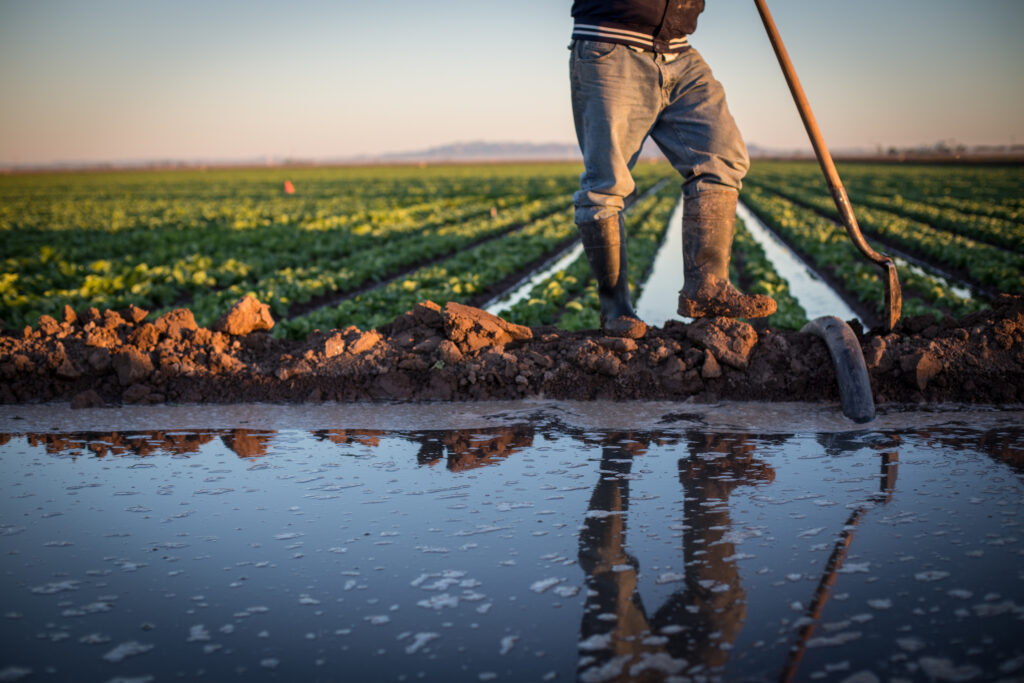
Farmers face some of the most daunting challenges to stay in business. Over the last decade, we’ve seen increased flooding which leaves many farmers, landowners, and ag producers at risk. The economic impact of severe storms, fires, drought, and flood disasters can be quite expensive. As a result, farmers experience crop loss, contamination, soil erosion, equipment and property loss, livestock loss, and debris deposition. This upcoming Farm Bill will provide the biggest opportunity to fight climate change and keep family farms and other small-scale producers financially sound so they can feed the world.
What Does the Farm Bill Mean for Farmers?
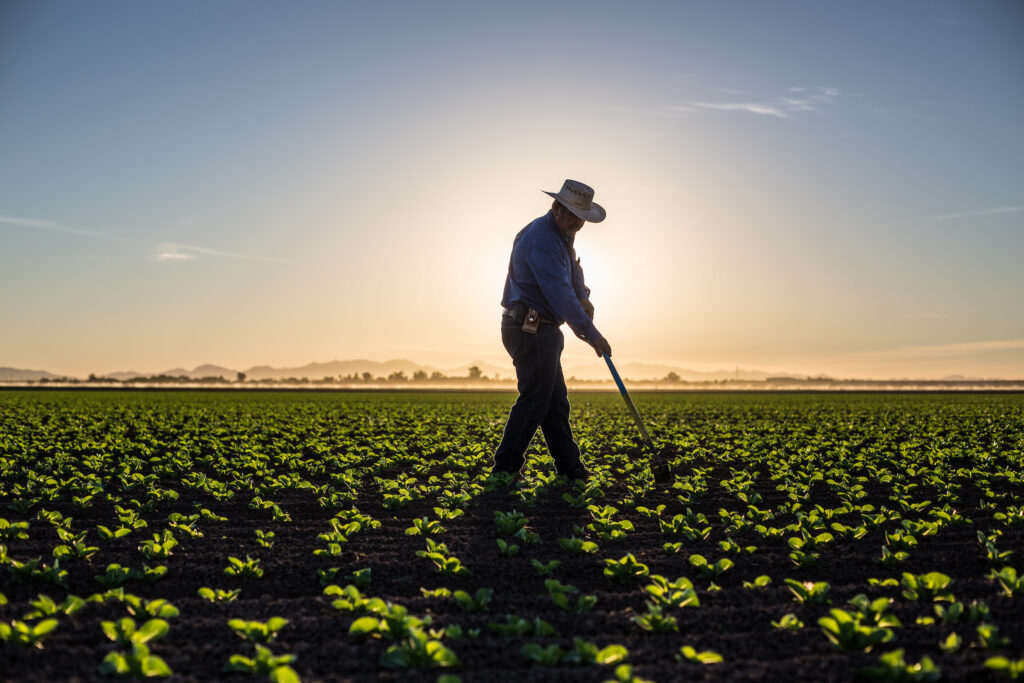
Every five years, Congress must reauthorize the Farm Bill to reassess, reevaluate, and reform key provisions to ensure programs from crop insurance to voluntary conservation practices are assisting everyday farmers. The bill includes $6 billion in annual conservation funding to improve soil health, restore watersheds, increase water quality, and protect wildlife while building resilience to climate change. The current Farm Bill expires on September 30th, 2023, and Congress is already drafting the bill.
Through USDA’s conservation programs, farmers are able to tap into innovative, nationwide on-the-ground technical support and financial assistance as a way to incentivize and implement best practices. These methods include building riparian zones, creating streamside buffers, and adopting easements to tackle excessive nutrient pollution among many other multi-use benefits. Strengthening key programs like the Water Source Protection Program, the Emergency Watershed Programs, the Regional Conservation Partnership Program, and the Environmental Quality Incentives Program are just a few examples where farmers, landowners, and ag producers need Congress to act to keep up with the constantly changing markets, global economic outlook, production demands, population growth, and climate change.

Let's Stay In Touch!
We’re hard at work for rivers and clean water. Sign up to get the most important news affecting your water and rivers delivered right to your inbox.
How Climate Impacts Rivers and Farming Communities
Across the nation, our research finds flooding has caused $59.2 billion in damages over the last decade. Over that same period, farmers enrolled in the Federal Crop Insurance Program reported $29 billion in damages caused by floods and excess moisture, with Upper Mississippi River Basin states representing 34 percent of those damages. The cost of flooding impacts is rising as precipitation increases, and damages are expected to continue to escalate as climate change impacts intensify.
In the West, acequias are falling through the cracks when it comes to fire and flood recovery assistance. Flood damage after the Hermits Peak-Calf Canyon fire in the summer of 2022 impacted more than 700 people in New Mexico. The average market value for farms in the region is about $20,000. Yet these communities rarely receive any help. Local and state governments simply do not have the cash reserves to deploy financial resources to help small acequias associations. Rio Gallinas serves as a critical tributary to the Pecos River which is currently threatened by outdated watershed management plans. Traditional Hispanic acequia systems, with a 500-year history on the landscape, depend on the river to sustain agricultural and ranching communities. Unfortunately, these reoccurring natural disasters that farmers experience are making it harder to stay in agriculture.
As a third-generation farmer, Brian Wong, who owns and operates BKW Farms, grows crops including nearly extinct heritage grains like white Sonora wheat on 4,500 acres in the heart of the parched Sonoran Desert. His farm is about 25 minutes northwest of Tucson, Arizona. Bakeries, restaurants, breweries, and flour mills as far away as Minnesota and Florida rely on their grain to sustain their own businesses. But extreme drought is taking a tremendous toll on the Colorado River, the nation’s #1 Most Endangered River. In partnership with BKW Farms, American Rivers is urgently working with partners such as utilities, and municipalities to fix the massive imbalance between rising consumer demands and a shrinking water supply.
Congress Must Protect Farmers from Climate Change
Right now, Congress can make it easier for farmers to lead in innovation and conservation by making policy changes that will most effectively and efficiently encourage more farmers to adopt multi-use approaches for long-term sustainable agriculture which will help rivers bounce back. These program refinements and investments will not only improve water quality and quantity but also keep our farmers farming for years to come. We can maximize yields and ensure river protection by taking the following steps for a successful Farm Bill:
- Prioritize floodplain easements and other nature-based solutions with multiple-use benefits to address climate change.
- Promote the implementation of river and land management best practices paired with intentional and purposeful climate-smart goals.
- Support source water protection to reduce the risk of contamination to people, the environment, and wildlife.
- Increase drought resilience by enhancing water infrastructure to alleviate water shortages impacting vulnerable populations.
- Increase authorized levels of funding for programs that improve river health including water quality and quantity.
- Remove barriers to technical assistance and capacity-building.
- Increase funding for research and development on equitable and sustainable land and water stewardship.
- Assess the safety of dams, levees, and reservoirs, and improve rehabilitation of infrastructure and safety assessments.
See American Rivers’ Farm Bill Policy Priorities advocacy platform for more details.
Today, we’re continuing our work on Capitol Hill to advocate for key reforms that will restore rivers and revitalize farming communities for future generations. Together, we can ensure farmers are not left behind and their families can reliably and confidently depend on key conservation programs to withstand natural disasters. Congress must help farmers stay in business and ensure healthy rivers are a priority in the 2023 Farm Bill.
We urge you to send a message to your members of Congress. Will you join us?

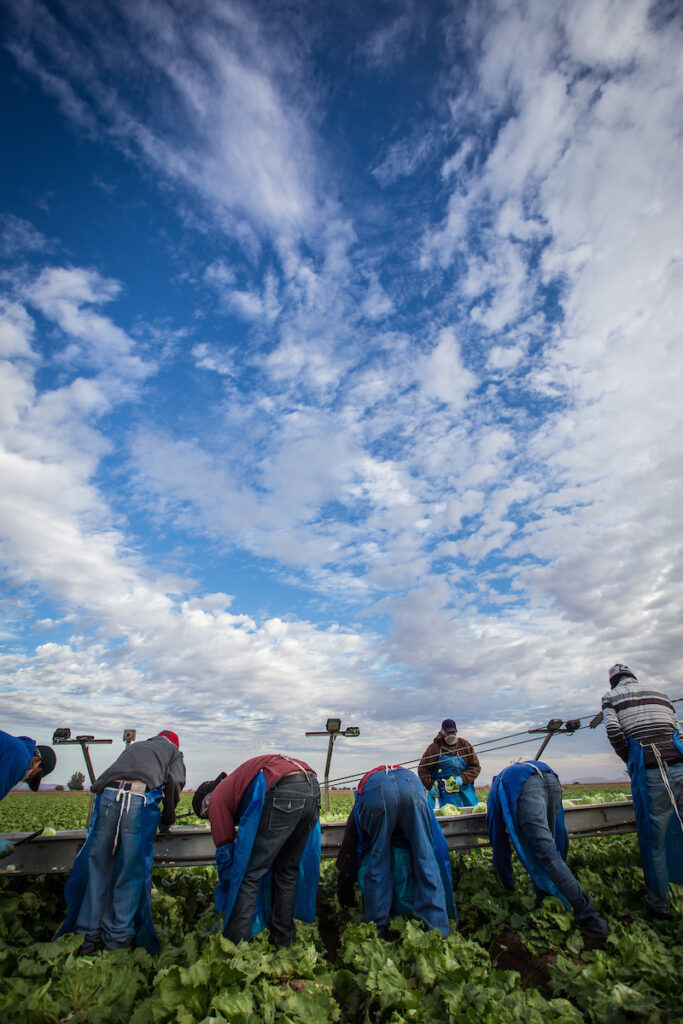
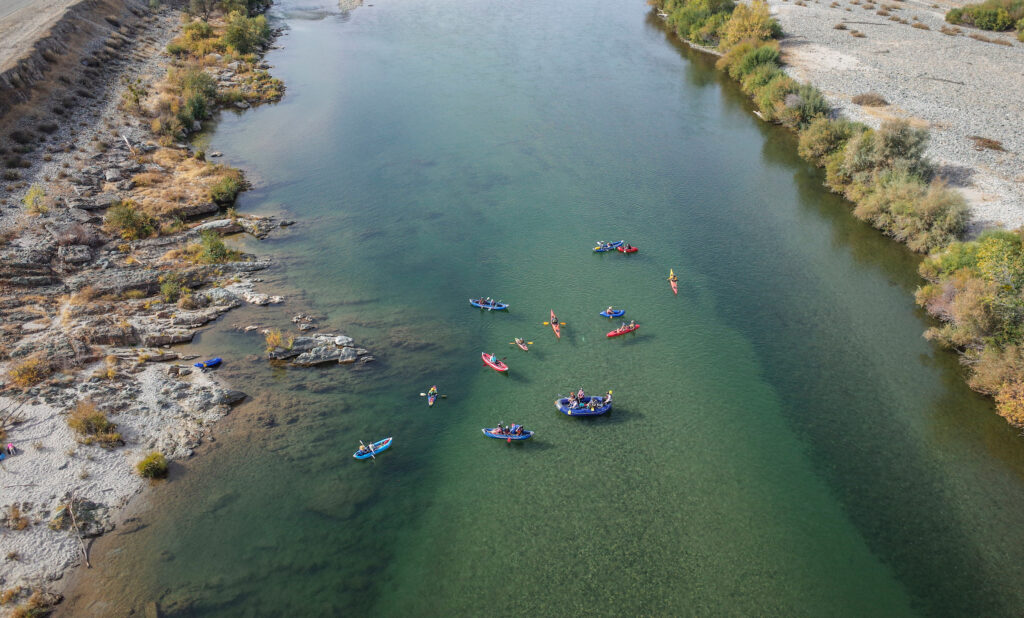

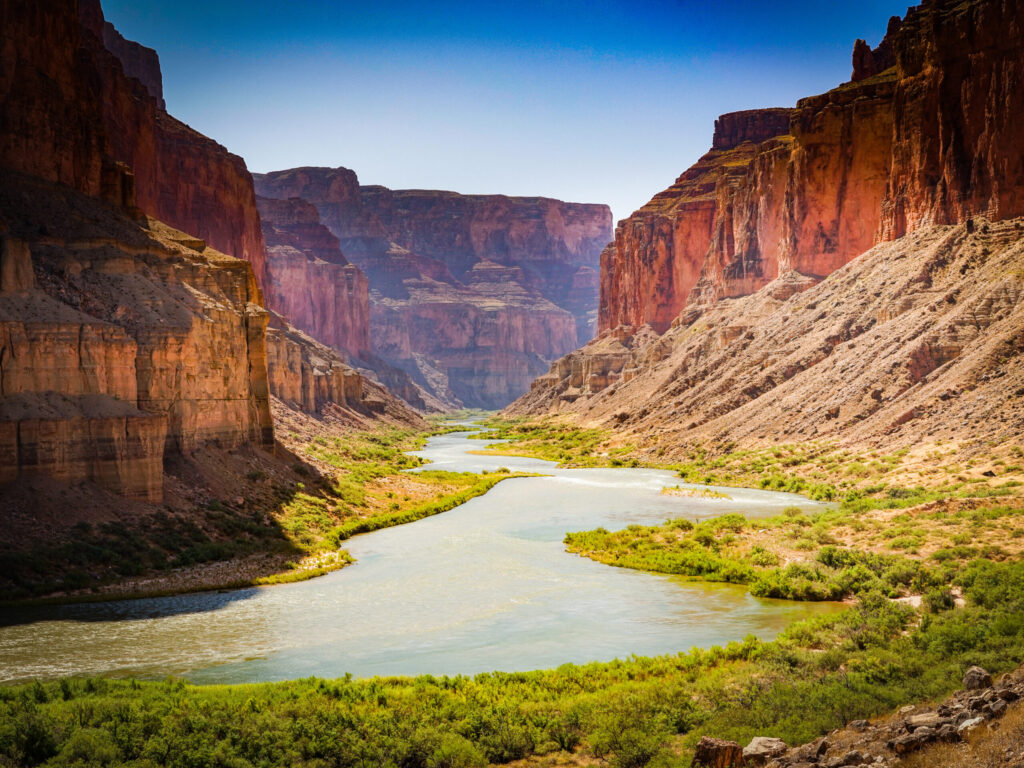
7 responses to “Eight Ways to Write a River-Friendly Farm Bill”
I absolutely agree to leave God’s dam builder, to do just that, build dams, create water supplies, for a vast number of living creatures. . Let the Beavers alone. They were designed to save water in strategic spots. Let them do their amazing jobs. I know they help me to keep water is locations for my livestock and the many species of Game Animals, Game Birds, Fish, Aquatic Life, and many more species of wildlife. I have snapping turtles that are as wide and big around as a 50 gallon barrel. They have to be quite old, to reach that size, so their food supply comes from that same creek/river. Why do they deserve to lose their ability to survive. I couldn’t say how many times I have seen many numerous tracks of the wild ones and birds, that utilize that water source for drinking.
I noticed 3 of my dams on the creek, which “suddenly” are not being maintained this fall and winter. I also know several “trappers” who are taking Beavers out. I have seen the bragging photos on local public platforms. Did they sneak in, or did they set their traps just upstream or downstream from my property. All I do know is that at this rate, that pasture will not have the water supplies that are needed for my livestock, let alone the needs of the wildlife abundant. I have posted signs that make it clear, not to trap on my land, in fact no hunting or trespassing. But, I also know there are sneaky souls out there who could care less. They want their $10.99 for that Beaver pelt, not caring what the removal of that hard working beaver, and what it does for productive grazing land, and the survival of the wildlife, aquatic life, and livestock watering needs. Have these thoughtless individuals ever considered the terrible high cost of trying to supple water to pastures. Well drilling is not cheap, pipelines are out of this world expensive, and tanks and all the dirt work needed that puts many farms/ranches out of business, trying to get that water life source. Leave alone, what was designed by God, for the good of many, able to do what was intended as their natural work, and to do the amazing job of keeping, creating and maintaining supplies of water, for the live and living of many.
I absolutely agree. Let the Beavers, alone who were designed to save water in strategic spots. do their amazing jobs. I know they help me, keep water is locations for my livestock and the many species of Game Animals, Game Birds, Fish and many more species of wildlife.
I noticed 3 of my dams on the creek, are not being maintained this fall and winter. I also know several “trapper” who are taking Beavers out. Did they sneak in, or did they set their traps just upstream or downstream from my property. All I do know is, that at this rate, that pasture will not have the water supplies that I need for my livestock, let along the needs of the wildlife abundant. I have posted signs that make it clear, not to trap on my land., in fact not hunting or trespassing. But, I also know there are sneaky souls out there who could care less. They want their $10.99 for that Beaver pelt, not caring what the removal does to production grazing land, and the survival of the wildlife, aquatic life, and my Livestock watering needs. Have these thoughtless individuals ever considered the terrible high cost of trying to supple water to pastures. Well drilling is not cheap, pipelines are out of this world expensive, and tanks and all the dirt work needed that puts many farms/ranches out of business trying to get that life source. Leave what was designed and God intended to do their amazing jobs and supply water.
There’s a low cost and natural way to improve water quality and volume in the western U.S. That is to restore beavers and beaver-analog dams to the landscape. Beavers create areas that even help contain the spread of fires across the terrain.
Another way to enrich soils and increase profits is to practice regenerative agriculture and ranching.
restore our gift of nature and bring the beavers in. the job is done so much better than us. they restore it,w/o them we destroy it which is the fragile ecosystem of mother earth.
To restore rivers to their natural flow will bring back many fish, nourish farm land to produce crops. Praise God to bring back the natural climate and grounds and rivers!
protect the rivers and all the water sources of the earth
There’s a low cost and natural way to improve water quality and volume in the western U.S. That is to restore beavers and beaver-analog dams to the landscape. Beavers create areas that even help contain the spread of fires across the terrain.
Another way to enrich soils and increase profits is to practice regenerative agriculture and ranching. Check out the writings of Gabe Brown for regen. ag. and of Jack Southworth for regen. ranching. Also, the Regenerative Agriculture Foundation based in Minneapolis has much to share.